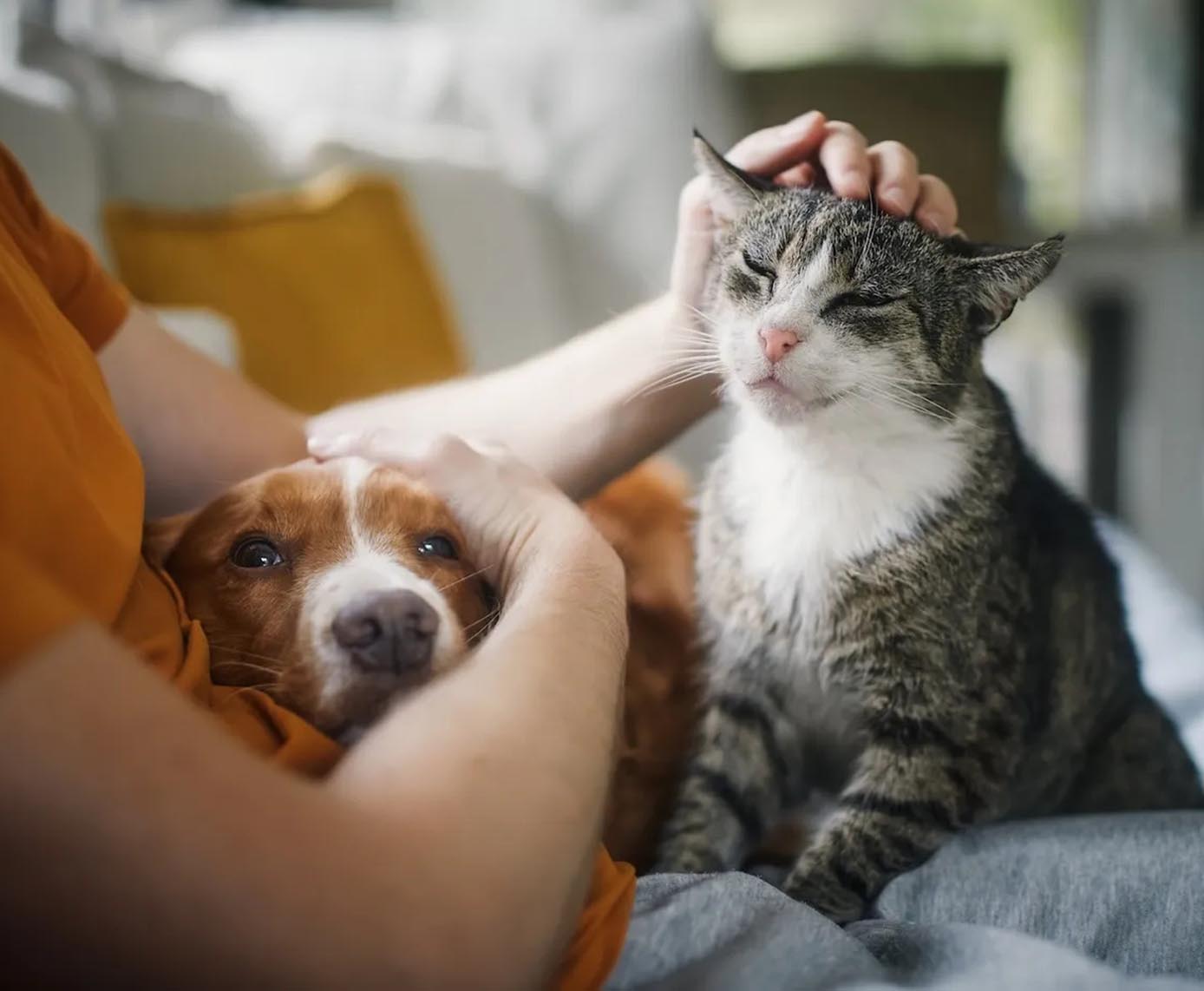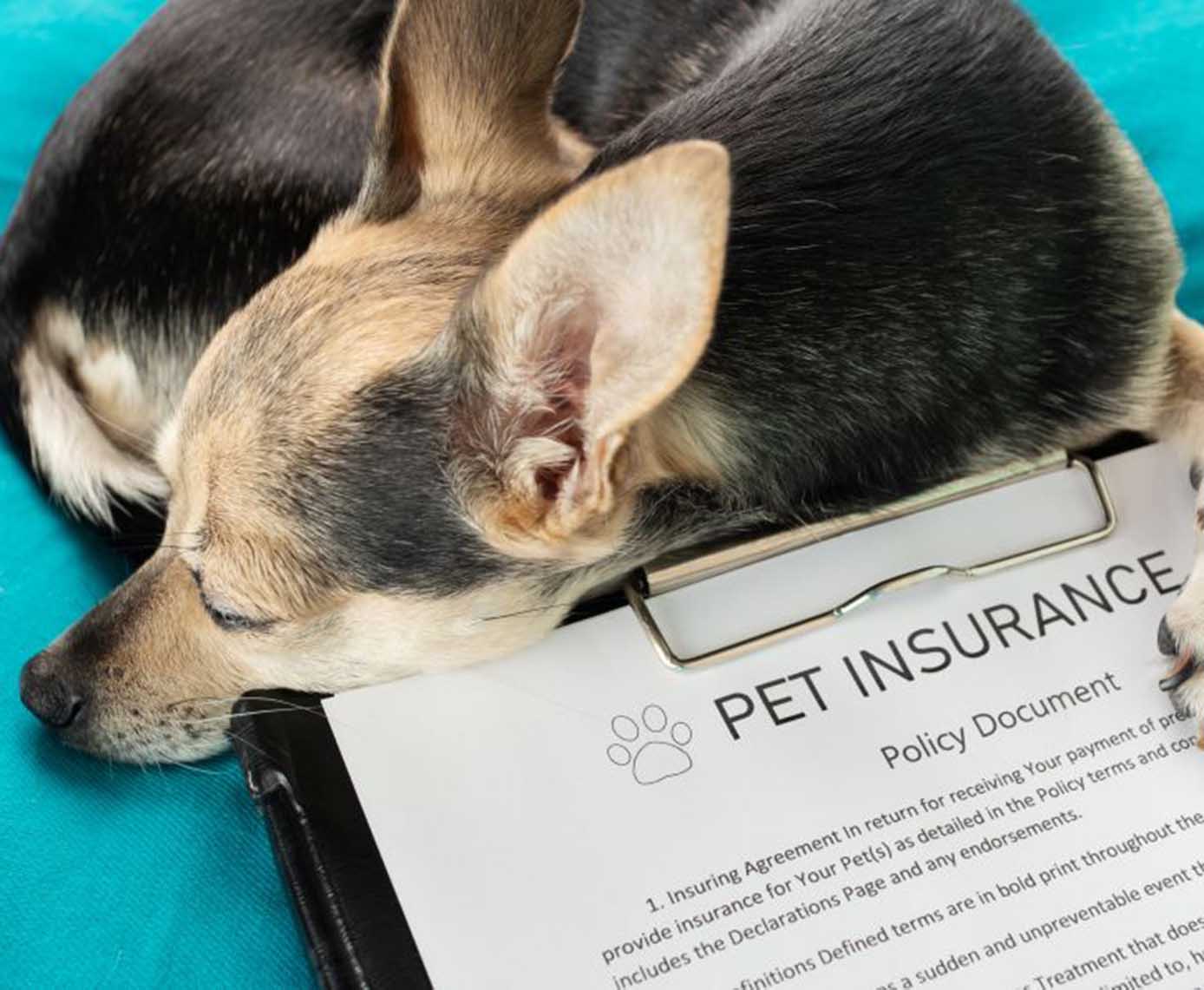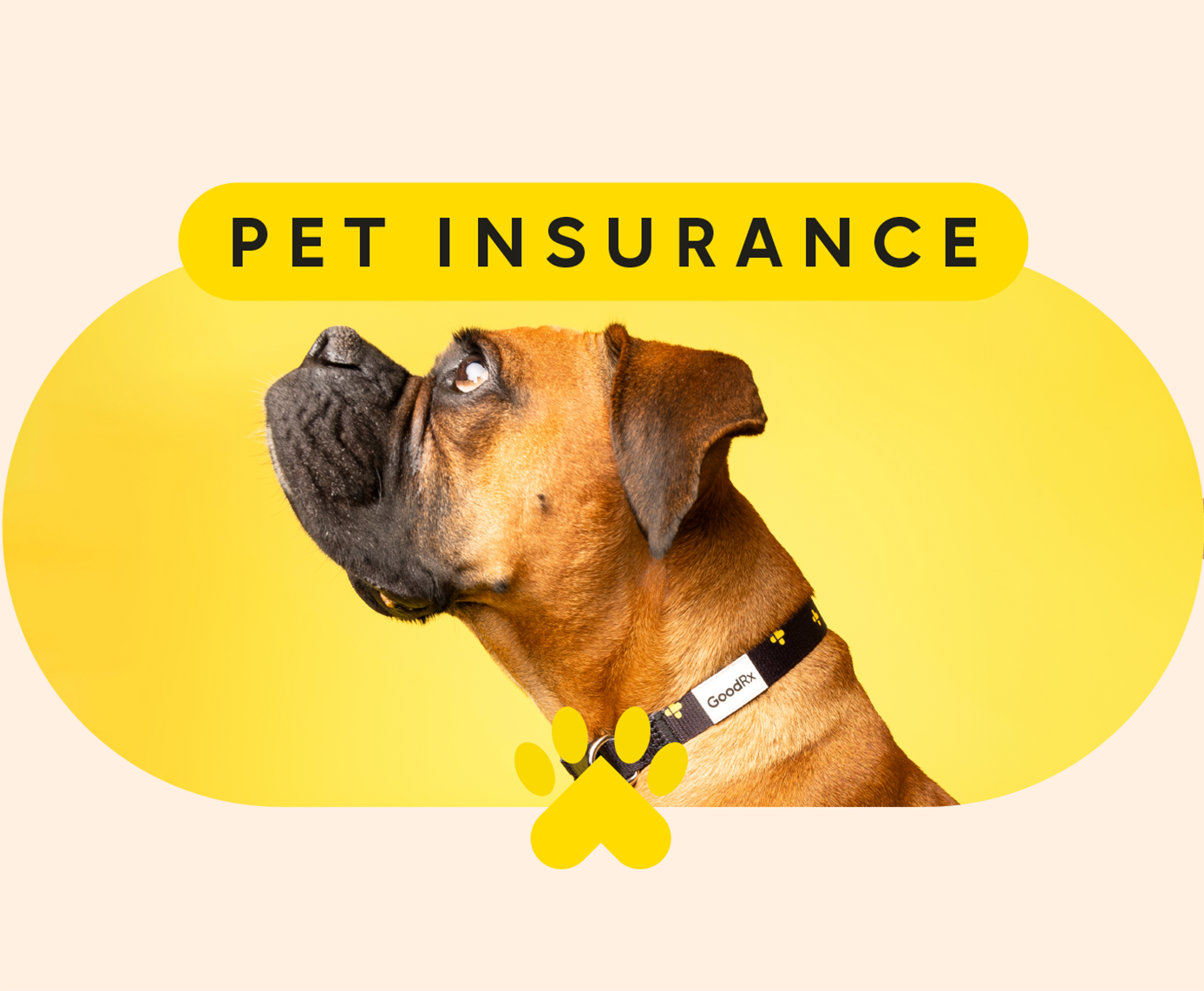When pet parents think about insurance, they usually consider the financial safety net it provides against unexpected vet bills. However, what many owners don’t realize is that insurance coverage for cats and dogs isn’t always identical. While the general structure of policies is similar, the actual benefits, exclusions, pricing, and claims experience can differ depending on whether you’re insuring a cat or a dog.
This distinction matters because cats and dogs live different lifestyles, face unique health risks, and have different average lifespans. Understanding these differences can help pet parents make more informed choices about the right insurance policy for their furry friend.
In this article, we’ll break down the main ways cat and dog insurance coverage varies, look at common conditions covered, and explain what pet parents should consider before signing up for a plan.
1. The Basics: Similarities in Pet Insurance for Cats and Dogs
At the core, most pet insurance policies for cats and dogs work in similar ways:
- Monthly Premiums: You pay a set monthly fee for coverage.
- Deductibles: You cover a portion of costs before the insurance kicks in.
- Reimbursement Rates: Typically between 70%–90% of eligible expenses.
- Coverage Options: Accident-only, accident and illness, or comprehensive plans.
For both cats and dogs, insurance can cover diagnostic tests, surgeries, hospitalizations, medications, and sometimes even alternative therapies like acupuncture or physiotherapy.
Where things diverge is in the details—particularly when it comes to risk factors, premiums, and breed-specific health concerns.
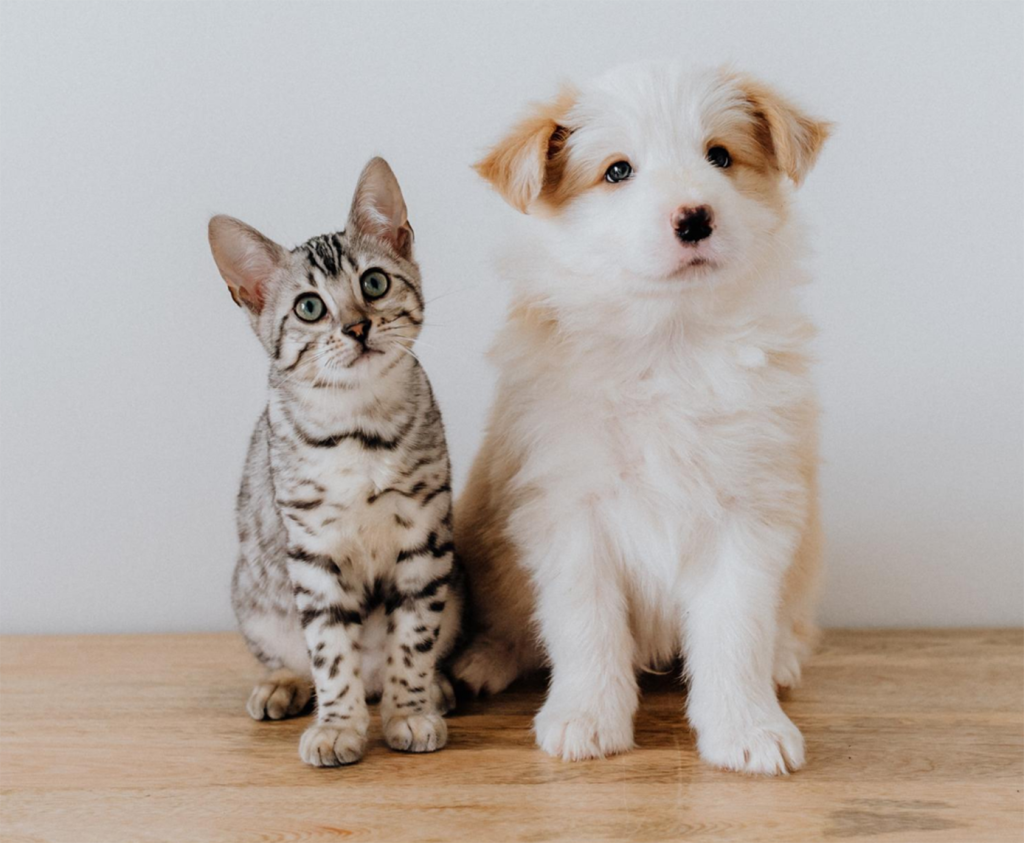
2. Premium Differences Between Cats and Dogs
One of the most obvious differences is cost. Across most insurance providers, dog insurance premiums are consistently higher than those for cats.
- Why dogs cost more:
- Dogs tend to have more frequent vet visits, especially during puppyhood.
- Dogs are more prone to accidents (e.g., injuries from outdoor activities, swallowing foreign objects).
- Certain dog breeds face costly hereditary conditions like hip dysplasia or heart disease.
- Why cats cost less:
- Cats are generally lower-risk pets from an insurance perspective.
- They live longer than dogs on average, but tend to suffer fewer costly emergencies.
- Indoor cats, in particular, are less exposed to accidents and environmental risks.
For example, a medium-sized dog might cost around $40–$70 per month to insure, while a cat could be insured for $20–$40. Of course, these figures vary widely depending on the country, insurer, and coverage plan.
3. Coverage for Breed-Specific Conditions
Another major difference comes from breed-specific health conditions. Insurance providers often adjust coverage or pricing based on genetic predispositions.
For Dogs:
- Large breeds (German Shepherds, Labradors, Golden Retrievers) are prone to hip and elbow dysplasia.
- Small breeds (French Bulldogs, Pugs) may face respiratory issues and spinal conditions.
- Working breeds (Border Collies, Huskies) can suffer joint and ligament injuries from high activity.
For Cats:
- Persians and Himalayans are prone to polycystic kidney disease (PKD).
- Maine Coons can develop hypertrophic cardiomyopathy (HCM).
- Sphynx cats may face skin and dental issues.
While insurance typically covers hereditary conditions if purchased early enough, some policies exclude them for certain breeds, especially dogs. Cats, on the other hand, face fewer exclusions, simply because fewer genetic issues are widespread across feline breeds.
4. Accident Coverage: Cats vs Dogs
When it comes to accidents, dogs are far more likely to trigger insurance claims than cats.
- Dogs:
- More likely to eat something they shouldn’t—chocolate, socks, toys.
- More prone to car accidents when outdoors.
- Higher likelihood of bite wounds from interactions with other dogs.
- Cats:
- Indoor cats have very low accident risk, though falls from balconies (“high-rise syndrome”) can happen.
- Outdoor cats face risks from traffic accidents and fights with other animals.
As a result, accident-related claims are higher for dogs, making accident coverage more valuable for canine owners.
5. Illness Coverage
Both cats and dogs can suffer from chronic or acute illnesses, but the types of illnesses differ.
- Dogs: More likely to develop arthritis, allergies, diabetes, and cancer. Certain cancers, like lymphoma, are especially common in dogs.
- Cats: More prone to kidney disease, thyroid issues, urinary tract infections, and feline leukemia virus (FeLV).
Insurance for cats may emphasize coverage for long-term conditions, as cats are more likely to develop chronic diseases later in life. For dogs, illness coverage often highlights orthopedic conditions and cancer treatments.
6. Preventive and Wellness Coverage
Wellness plans—covering things like annual check-ups, vaccines, dental cleaning, and flea/tick prevention—are optional add-ons in both cases. But pet parents may use them differently.
- Dog owners tend to benefit more from wellness coverage, given the frequency of vaccines, grooming, and dental cleanings required.
- Cat owners may not find wellness coverage as valuable, especially if their cat lives indoors and requires fewer routine treatments.
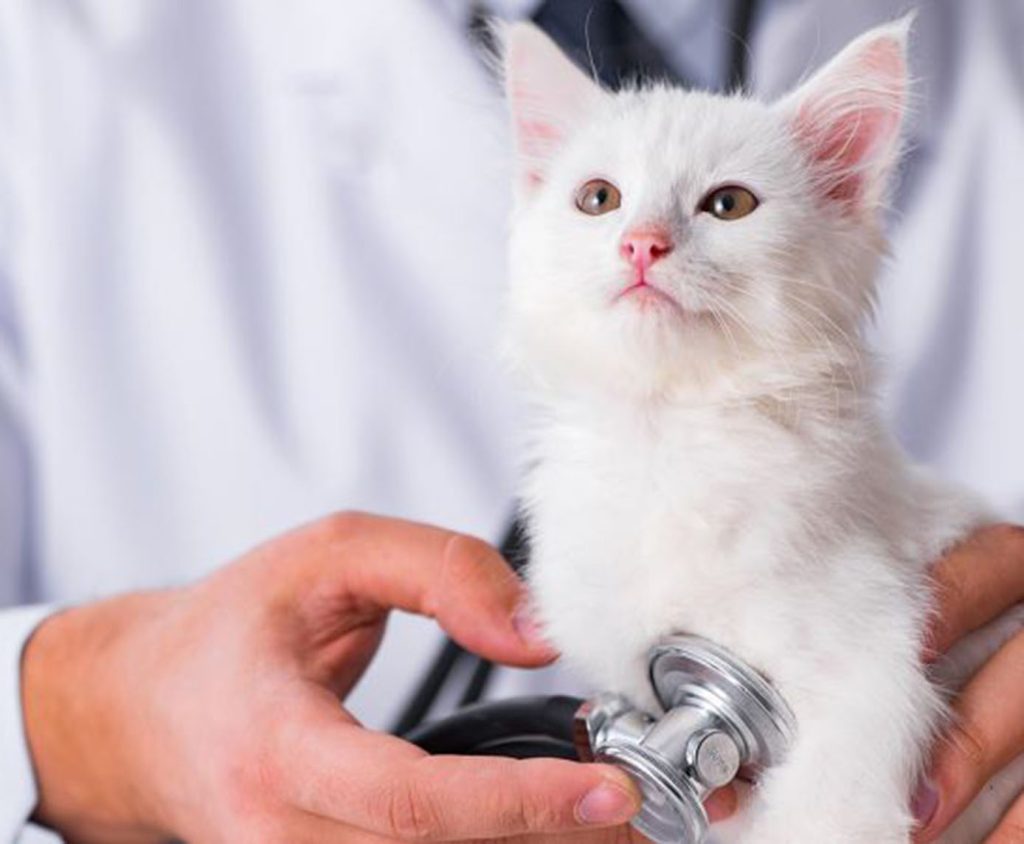
7. Lifespan and Long-Term Coverage
Cats typically live longer than dogs—sometimes well into their late teens. This longer lifespan affects how insurance is used.
- For cats: Owners may deal with more long-term, age-related conditions such as kidney disease or hyperthyroidism. Insurance is helpful for managing ongoing treatment.
- For dogs: Shorter lifespans mean more claims related to accidents and breed-specific illnesses rather than long-term geriatric care.
Because cats live longer, insurers may charge slightly higher premiums as they age, though the overall cost is still lower than for dogs.
8. Claim Statistics: Cats vs Dogs
Insurance providers often report that:
- Dogs account for more claims overall, especially accident-related.
- Cats account for fewer claims, but when claims are made, they are often for chronic or serious conditions.
For example, a dog may have multiple small claims in a year (e.g., ingestion of foreign objects, skin infections), while a cat may have fewer claims but higher long-term costs (e.g., kidney disease treatment over several years).
9. Choosing the Right Policy
When choosing insurance, cat and dog owners should focus on different priorities:
- Dog owners:
- Look for comprehensive accident and illness coverage.
- Pay attention to breed-specific exclusions.
- Consider higher reimbursement rates due to frequent vet visits.
- Cat owners:
- Focus on policies that cover chronic illnesses.
- Choose lifetime coverage if possible, to avoid exclusions later.
- Decide whether wellness coverage is really necessary.
At first glance, pet insurance may seem the same whether you’re insuring a cat or a dog. But once you dig deeper, the differences become clear. Dogs generally have higher premiums, more accident-related claims, and more breed-specific exclusions. Cats, meanwhile, are more affordable to insure but often require strong chronic illness coverage later in life.
For pet parents, the key is understanding these differences and choosing a policy that aligns with your pet’s unique risks. Whether you’re caring for a playful puppy, an adventurous outdoor cat, or a senior companion, the right insurance can provide peace of mind—and protect both your pet and your wallet from life’s unexpected surprises.
